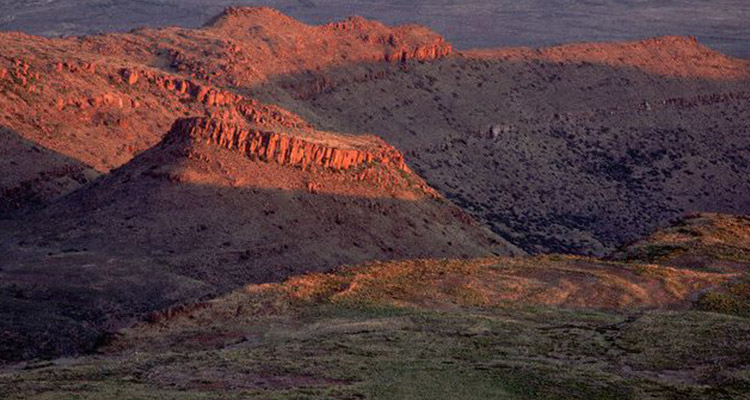
The Fossil Fuel Foundation hosted a one-day conference with 11 presentations covering various economic aspects of gas development in South Africa, gas reserves in southern and eastern Africa, coal gasification, legislative and regulatory developments for gas exploration and production, and climate change.
The presentation focused on factors affecting the potential and recovery of gas in the Permian Ecca Group shales of the Karoo Basin. These shales contain dry gas, including methane, as shown by numerous surface and borehole exhalations over a long period. The gas is mostly contained in micropores in the shale and is commercially recovered by means of hydraulic fracturing. This process has not been carried out in the Karoo Basin and, as a result, the economic potential of the shales can only be assessed using indirect methods and by comparison with gas-producing shales in other basins. Total organic carbon (TOC) within the shale is an important parameter, since there is a linear relationship between total organic carbon and gas content.
Only the lower Ecca Group shales, namely the Whitehill, Prince Albert and Pietermaritzburg Formations, have TOC contents comparable to those of producing shales elsewhere within the range 3 to 12 per cent, with the Whitehill Formation having the highest values, between 3 and 15 per cent. Maturity of the shales is important as they must be sufficiently mature to lie within the gas window defined by vitrinite reflectance values between 2 and 5, corresponding to burial depths between 5 and 6 km. This restricts the shale gas potential of the lower Ecca Group to the area of the Karoo Basin south of latitude 29°S. The presence of dolerite intrusions is in marked contrast to other basins containing shale gas. Some investigators have suggested that the Early Jurassic dolerite intrusions have thermally destroyed the gas generating potential of most of the adjacent shale, whereas others using magnetic techniques have stated that the destruction is limited to the contact aureole. However, it would require expensive geophysical methods such as 3D seismics to locate sufficient volumes of unaffected shale, given the complex morphology of the dolerite sills and dykes. A further constraint on the gas potential is the minimum depth at which hydraulic fracturing can occur since, in the United States of America, gas producing operations are almost entirely fracked at depths greater than 1 500 m in order to avoid shallow fracture zones, which could provide pathways for methane and fracking fluids to reach the surface. Although the gas window is defined by vitrinite reflectance values between 2 and 5, for the commercial recovery of gas, values exceeding 3.5 are considered to be overmature, with the shales having a lower potential to generate gas, as for example in the producing Marcellus Shale in the USA.
The shale gas potential of the lower Ecca Group shales is severely restricted by the above constraints to an E–W-trending area up to 80 km wide between Sutherland and Cradock, where dolerite makes up less than 20 per cent of the succession, vitrinite reflectance is less than 3.5 and the depth of the target shale is greater than 1 500 m. Only shale of the Whitehill and Prince Albert Formations occur in this area. The resources of extractable gas in trillion cubic feet (Tcf) cannot be validly calculated, given the absence of hydraulic fracturing techniques to determine the quantity and flow rate of the gas. However, a speculated technically recoverable shale gas resource can be estimated by comparing volumes of shale in the Whitehill and Prince Albert Formations to producing shales elsewhere and weighting the value of TOC.
A comparison was made with the Barnett Shale in the Fort Worth Basin, Texas, which has a volume of 1 950 km3, an average TOC of 3.2 per cent and a resource of 30 Tcf. The calculated speculated resource of the Whitehill Formation is 18.5 Tcf with a volume of 846 km3 and an average TOC of 4.55 per cent, and the calculated speculated resource of the Prince Albert Formation is 54 Tcf with a volume of 4 660 km3 and an average TOC of 2.4 per cent. The total of 72.5 Tcf is economically significant for South Africa given the fact that the Mossgas refinery near Mossel Bay was started on the basis of having a resource of only 1 Tcf of conventional gas.


